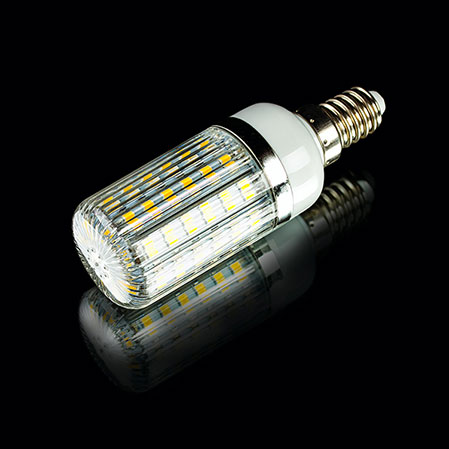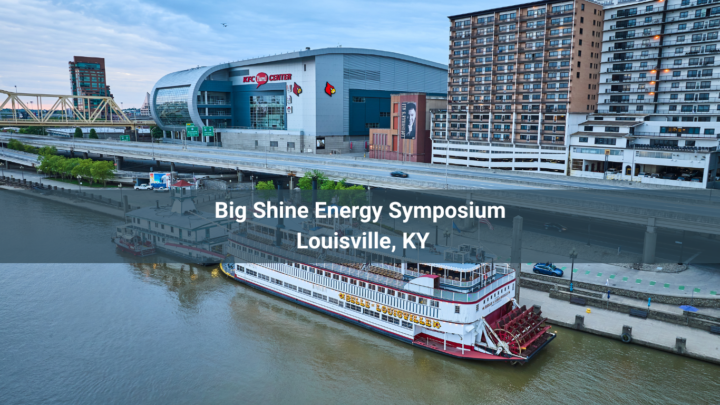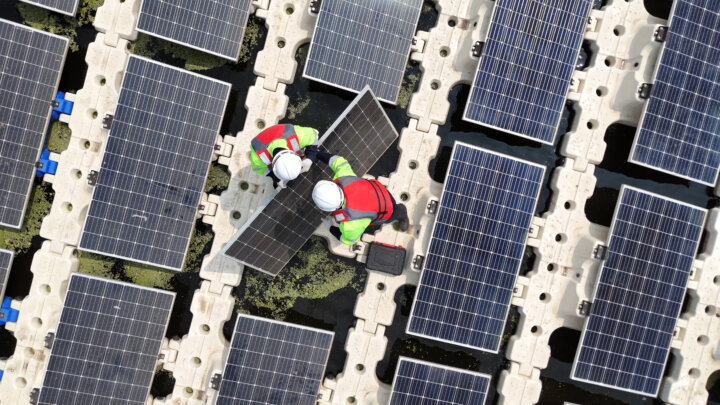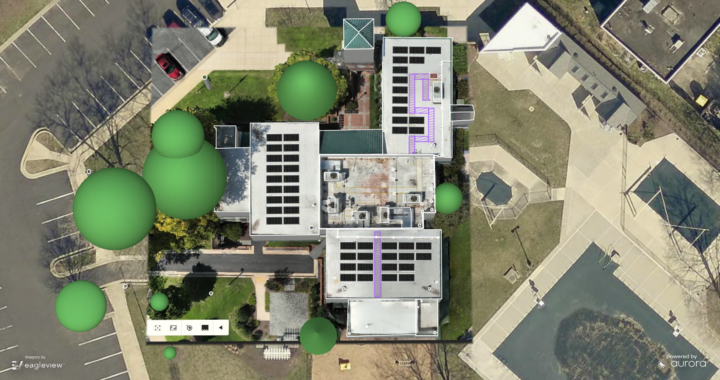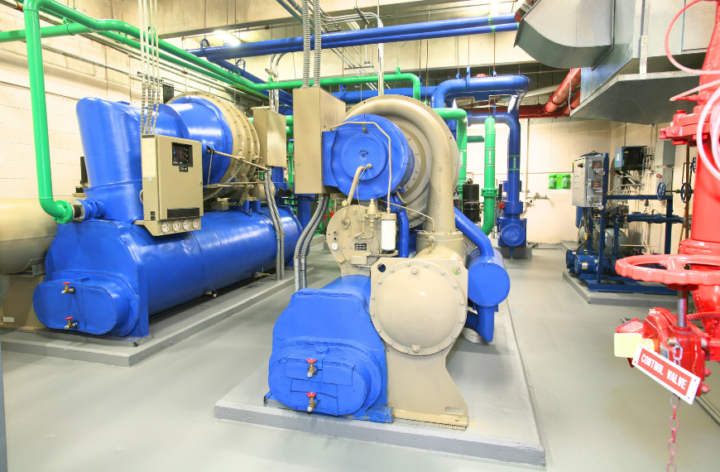The Deceptive Appeal of Plug-and-Play Bulbs
At Big Shine, our product line is carefully selected to provide solutions for a wide range of commercial and industrial facilities. If you check Big Shine LED’s website, you’ll find a wide variety of circular and linear high bay, low bay, flood, wall pack, panel, troffer, tube, high mast, explosion proof, and area lights. You will also find a limited selection of plug-and-play LED bulbs. However, you will notice that these are not our primary products.
First, why does the idea of “plug-and-play” sound appealing? These are LED bulbs and tubes that can be installed in your existing metal halide and fluorescent fixtures without any re-wiring. The LED bulb has its own self-contained driver, designed to supply power through the existing ballast. Plug-and-plays are certainly the fastest way to change from legacy lighting to LED. The compromises made to allow for such easy, ‘drop-in’ replacement are the problem. Concerns that arise include heat, light distribution, efficiency, LED life and—for certain types of LED tubes—safety. Let’s examine these one by one:
Heat and Life
Metal halide bulbs screw into a cone or clam-shell style fixture, which is typically not vented. LED chips cannot operate directly from the HID ballast. To power LED chips, an electronic driver must convert the electrical output of the ballast to a regulated DC current. The only place to put this driver is in the base of the LED corn bulb. Unfortunately, the base is the hottest location in the fixture. The heat generated by the driver, and the LED chips themselves, gets trapped. It has nowhere to go but to rise to the top of the fixture and stays there. It’s best not to install LED corn bulbs in fixtures that will be exposed to dust. Also consider if it will be difficult to access for maintenance. They are difficult to keep clean because of the deeply ribbed heat sink behind the LED chips.

Heat has an exponentially damaging effect on electronics—both the components of the driver and the LED chips themselves. The LED chips lose lumen output while operating at high temperature, and the loss will become permanent over time. The chips will change color, dim, and begin to fail. Component failure in the driver often results in a total failure of the bulb. Corn bulbs are limited to low-to-intermediate wattage. They use high temperature components in the driver to enable them to operate in moderate heat. But be mindful of the design of the fixture. Consider whether it allows sufficient air movement to keep within these limits.
To mitigate heat problems, manufacturers equip plug-and-play LED bulbs with a self-dimming function. Manufacturers advertise this as if it were a beneficial feature, but let’s consider what it means to you. On a typical summer day, the air near the ceiling of your plant becomes quite hot. In the middle of the afternoon, without warning, your lights dim by 20%! You have no control over this! The bulbs have to dim like this or the life will be greatly shortened.
Lumen Output
When the bulbs are new, you’ll still have 80% of the lumen output when the bulbs self-dim. What about a few years in the future, when the lumen depreciation that affects all lighting passes the L90 life? Your lights will retain 90% until the self-dimming feature activates. Then you have only 70% output. At this level, the lights cannot meet minimum illuminance. This means the bulbs are no longer fit-for-purpose and you must replace them. Most warranties don’t cover lumen depreciation or color changes, meaning the warranty is of no value in such circumstances.
Honest Talk about LED Lighting System Life
Light Distribution
Light distribution is another compromise for plug-and-play LED bulbs. How big a problem this is depends on the design of the fixture. With the corn bulb design (resembling an ear of corn) the light comes out from LEDs spaced 360° around the barrel. With metal halide bulbs, the same problem occurs. The bulb directs much of the light not where we want it. The fixture reflector will try to redirect this lost light, but the efficiency is poor. It’s even worse for LED corn bulbs. Reflected light cannot pass through the bulb and instead gets trapped inside of it.
Depending on the fixture design, plug-and-play bulbs often have very high glare. The bulb directs glare is into your eyes and not onto the surfaces where you are observing and working. In a parking lot, high glare creates the false impression that the lighting is bright. However, if you capture an overhead drone shot at night, you will see that the surfaces of the parking areas are dark.
A proper LED fixture will offer multiple beam angle options so it can direct the light to where you need it. At Big Shine Energy we provide a full photometric plan, so you’ll know before the upgrade what the new light levels will be throughout your facility.
Safety
Risk of the Weight of the Fixture
There are two safety concerns with plug-and-play LED bulbs and tubes. The first relates to the weight and bulk of the LED bulb compared to the metal halide bulb originally designed for the fixture. If the fixture is vertical, the hanging bulb creates a tensile load on the screw socket. If the bulb is horizontal, the heavy corn bulb creates a bending moment in the socket and socket holder. LED corn bulbs are both heavier and longer than high-intensity discharge or metal halide bulbs. One manufacturer had to recall its plug-and-play LED bulbs after several of the heavy three-pound bulbs detached from their sockets and fell from ceiling height to the floor. Therefore, it is important, when installing LED corn bulbs, to verify that the existing sockets are in good condition and free of cracks, especially when the bulb will be horizontal or hanging in a vertical downward position.
Risk of Electrical Shock
With plug-and-play T5 and T8 LED tubes, there is a different safety issue – a risk of electrical shock. “Type A” LED tubes have this problem. Like corn bulbs, Type A LED tubes can replace fluorescent tubes without the need to re-wire (or bypass the ballast of) the fixture. Type A LED tubes have double-ended power. This means, when connected to power, the pins at both ends of the tube are energized. Here is the risk: if the power to the fixture is not disconnected when changing out tubes, as soon as one end of the tube is installed in its socket, the pins at the other end of the tube become live. An installer can be shocked if they touch the exposed pins as they raise the tube into the second socket. The shock can be dangerous or even fatal.
In fluorescent fixtures, only instant start ballasts use shunted sockets. In contrast, programmed start and rapid start ballasts use non-shunted sockets with dimming. Plug-and-play LED tubes typically require shunted lamp sockets (but check the LED tube’s data sheet from the manufacturer). Although plug-and-play LEDs are very appealing in concept, we at Big Shine caution that it has limited application and requires more careful evaluation than many marketers would lead you to believe.
If you are not sure or lack the necessary expertise in-house, we invite you to contact us for a free site visit and lighting audit, during which we can discuss your needs and how to best meet them, not with a slick-sounding quick-fix but with a professional upgrade that will delight you for the years to come.
